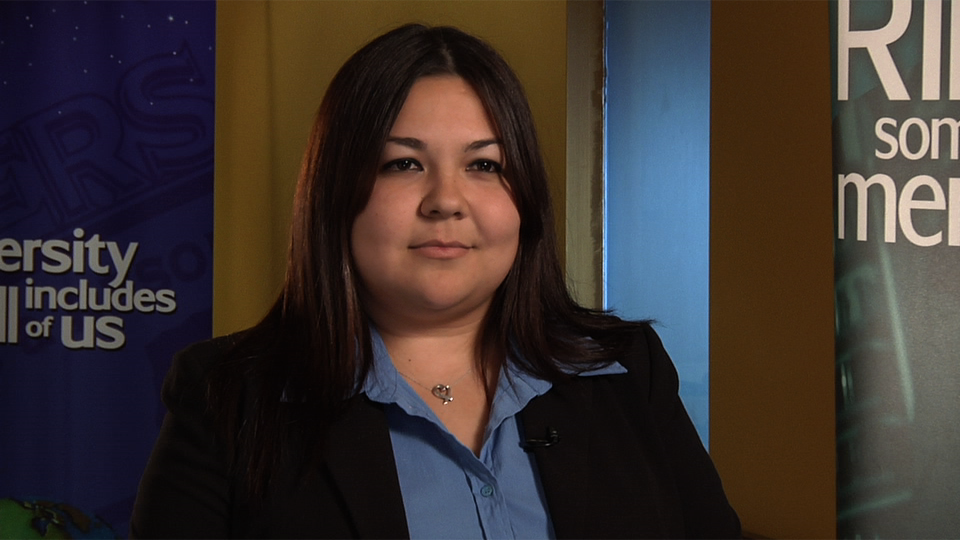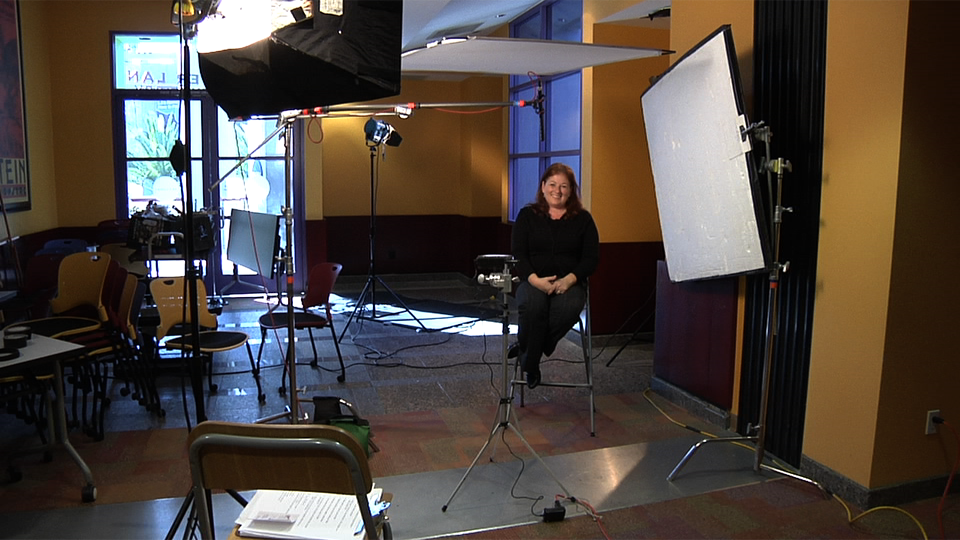In professions built on trust, authority is rarely announced. It is sensed.

Senior advisors are not hired because they are loud, flashy, or clever. They are hired because clients believe they see the situation clearly and can guide them through it without drama. That belief often forms before a single word is spoken.
This is where visual authority quietly does its work.
Authority Is Not Decoration
Most professionals assume visuals are cosmetic. Something you add after the thinking is done.
In reality, visuals are part of how thinking is experienced.
When a complex idea is presented with clarity, structure, and restraint, the client feels grounded. When it is cluttered, inconsistent, or overproduced, they feel uncertain, even if the substance is solid.
Visual authority is not about making things look impressive. It is about making them feel trustworthy.
What Visual Authority Actually Looks Like
In high-trust environments, visual authority shows up in subtle ways:
• A presentation that makes a complicated issue feel navigable instead of overwhelming
• A report whose structure mirrors the logic of the recommendation
• A consistent visual language that signals reliability and discipline over time
Nothing flashy. Nothing distracting. Just clarity that lowers anxiety.
That calm is contagious.
Why This Matters More Than Ever
Clients are arriving to meetings already overloaded. They are juggling risk, responsibility, and pressure from multiple sides. When they sit down with you, they are asking one unspoken question:
“Can this person help me make sense of this?”
Words alone often cannot carry that load. Visual structure helps clients follow your reasoning, trust your judgment, and move forward with confidence.
When clarity increases, resistance drops.
Three Practical Shifts That Make a Difference
-
Start with the story, not the data.
Give clients a narrative frame before asking them to absorb details.
-
Use visuals to reduce effort, not show effort.
If it looks like too much work went into it, people get suspicious.
-
Audit your materials for calm.
Ask yourself whether your reports and presentations settle the room or energize it in the wrong way.
A Final Thought
In trusted-advisor professions, authority is not created by persuasion. It is created by coherence.
When ideas are presented clearly, visually, and with restraint, clients feel safer making decisions. And when clients feel safe, they listen.
That is the quiet power of visual authority.





































